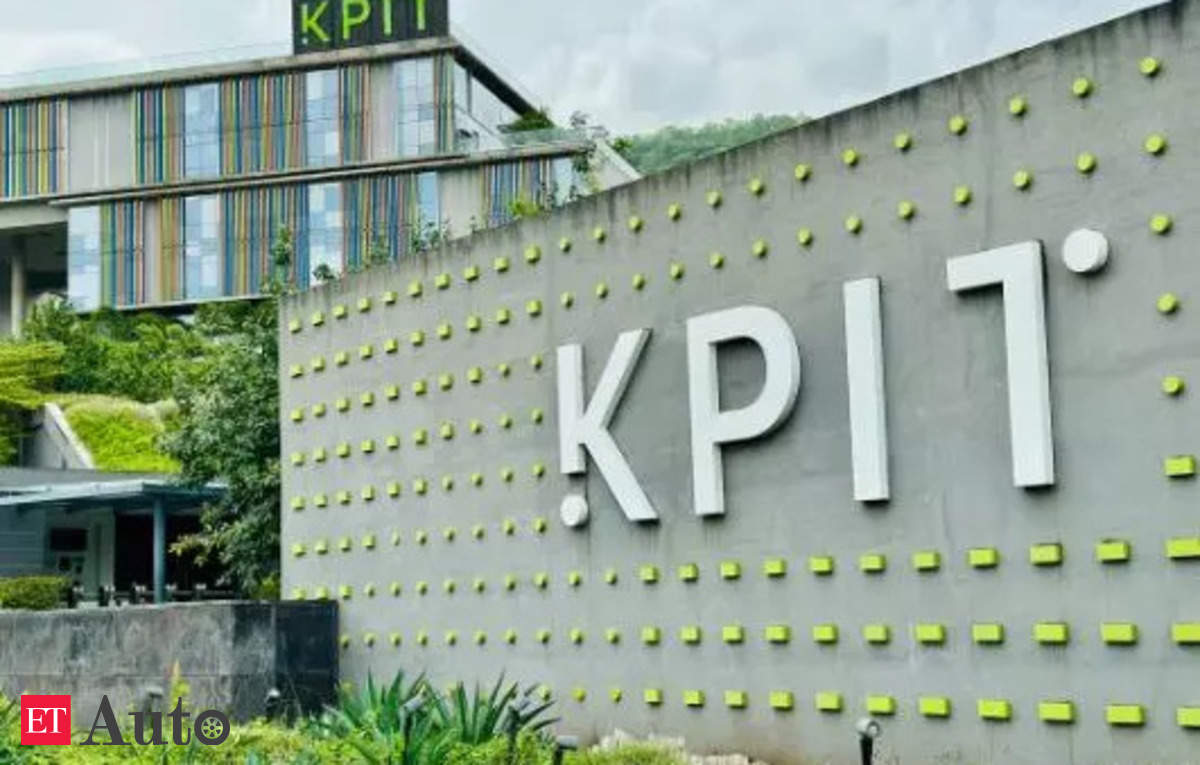
New Delhi: The Pune-based Indian multinational corporation KPIT Technologies (KPIT), which provides embedded software and product engineering services mainly to passenger cars and commercial vehicles, plans to broaden its focus of operations and to become an integrated mobility sector operator and enter two-wheeler and other segments.
“Our focus, we call it mobility and it includes all of them,” Sachin Tikekar, President and Joint Managing Director of KPIT, told ETAuto.
“It’s just that we have to be mindful. We want to make sure that we know the sub-verticals really well and we are able to create tremendous value for our clients in that sub-vertical. The technologies in some ways are similar, but their business cases and applications are different,” he said at the virtual conference after the Q2 results and hinted at a broader strategy that the company will be adopting for business expansion going forward.
When asked if KPIT was considering diversifying into the two-wheeler segment, Tikekar acknowledged that the company’s primary focus was on passenger cars. But it also works with commercial vehicle manufacturers. He revealed that the company was exploring opportunities in off-highway vehicles owing to technological advancements and consumer preferences. Though there was no immediate plan to enter the two-wheeler market, he foresees potential expansion into that sector and other parts of the mobility space in the future.
“Passenger cars are what we do. It’s by far our largest, more than 70%. In commercial vehicles, we do a lot of work with truck makers across the globe. And that’s our number two. Having said that, we have started to look at off-highways very closely. There is a lot of progress in terms of technologies in need driven by the preferences of the consumer. So that’s one sub-vertical that we are getting into in a very focused manner and over a period of time,” he said.
“We will look at some of the other sectors but at this point in time we remain focused on passenger cars, trucks and then off-highway four-wheelers. At some point we’ll have to look at two-wheelers and three-wheelers and some of the other parts of the mobility space, Tikekar added.”
The conversation began by addressing a noticeable shift in the automotive industry. While the progress in automated driving is slower than expected, the advancements in digitalization and connected technologies are very rapid. Tikekar was asked if there were unforeseen challenges causing this delay and if it was a matter of caution.
He explained that the shift to full autonomy (Level 5) was gradual, and there are four levels before achieving it. Most OEMs now focus on reaching Level 2 to Level 3 autonomy, and make significant investments for that. OEMs are not slowing down but are taking a phased approach to ensure a smooth transition.
Tikekar also highlighted the importance of digitization, emphasizing that the service business was projected to contribute a significant portion of revenues for OEMs in the next five to seven years, mainly due to digitization efforts. He noted that both autonomous driving and digitization were interconnected and essential for the automotive industry’s future.
Upon followed up with a question about KPIT’s global footprint and asked whether they had categorized different engineering centers as Centers of Excellence (COEs) for specific areas. Tikekar explained that some centers are specialized in certain practices, like electrical powertrain and diagnostics in Europe, and conventional powertrain in the US. However, most of the centers were becoming global in nature, as their projects often required capabilities across different practices. (KPIT has development centers in Europe, USA, Japan, and China, apart from India.)









